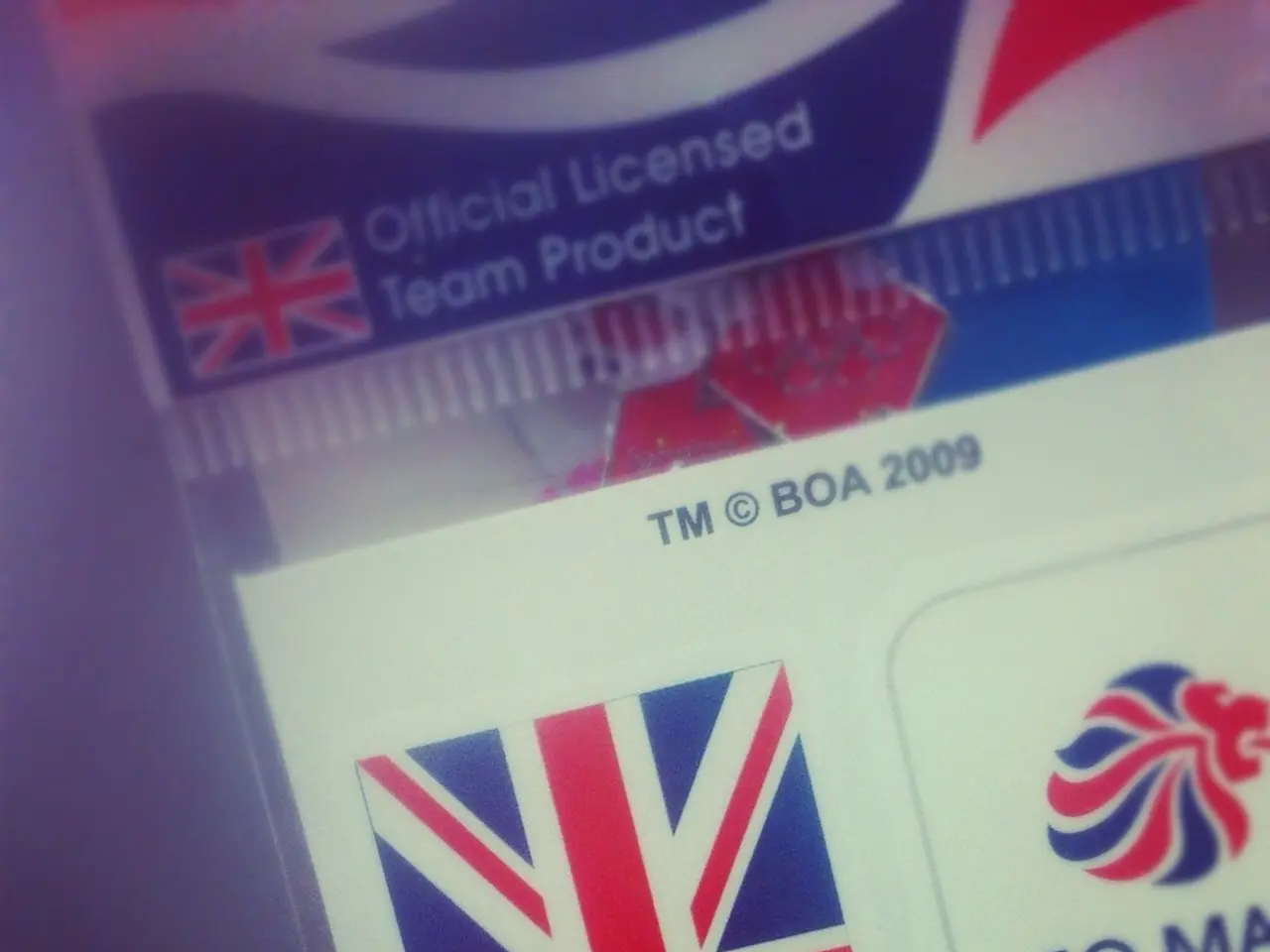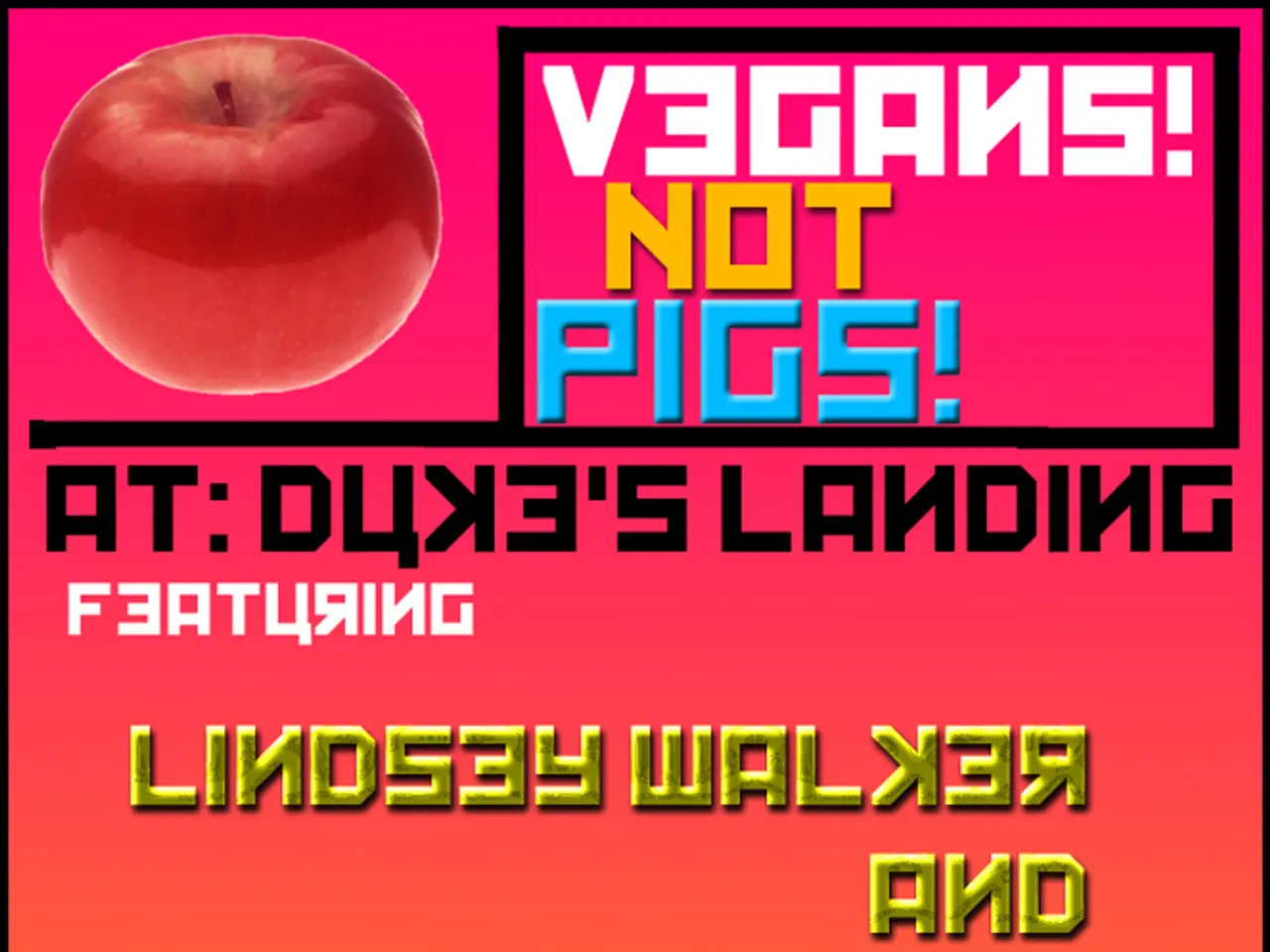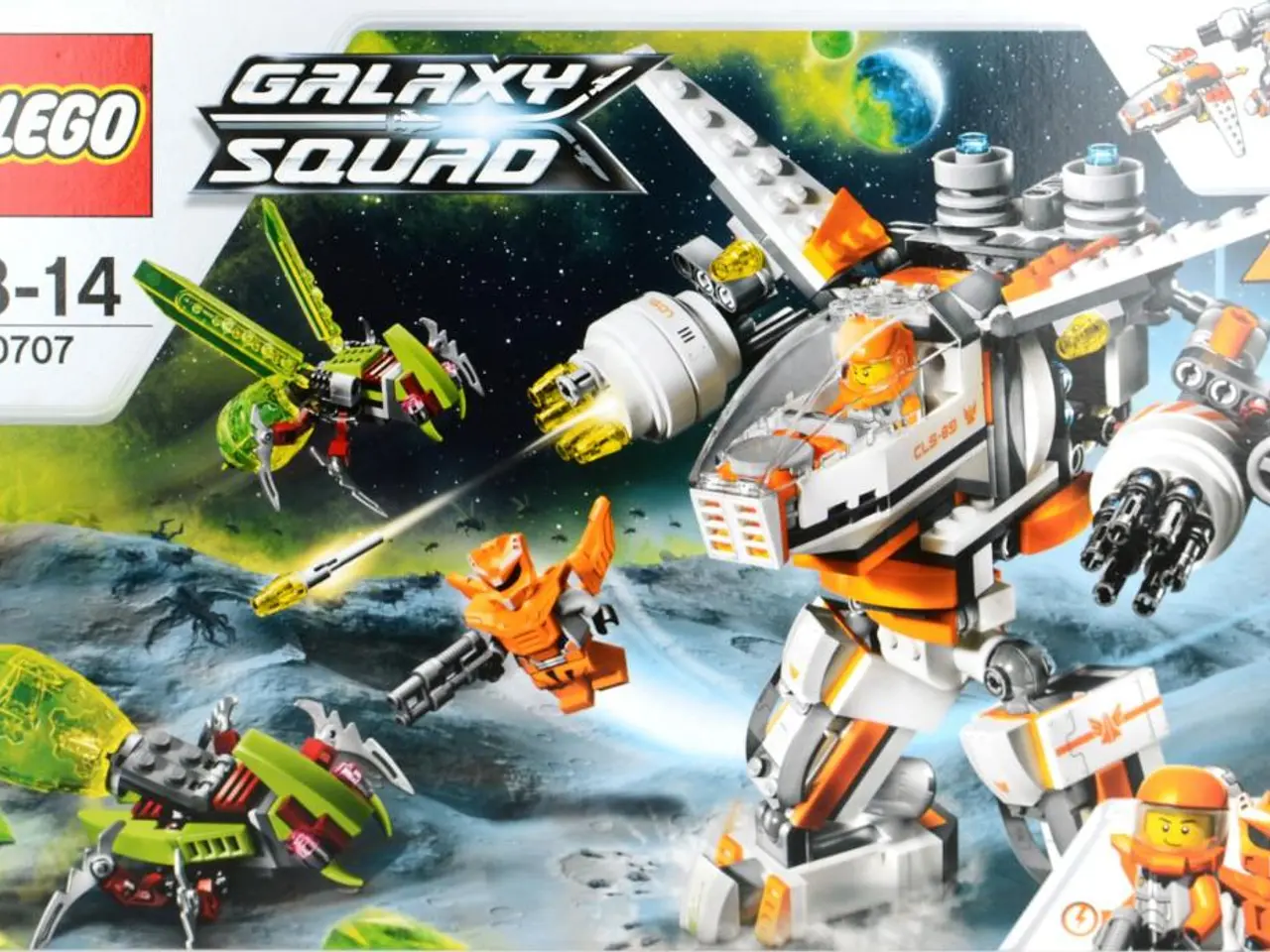Installing Docker Engine on Debian 12: A Step-by-Step Guide
In the realm of containerization, Docker on Debian 12 is a popular choice for various environments, including continuous integration and delivery pipelines, hosting microservices and REST APIs, isolating development environments, running self-contained legacy applications, automating infrastructure as code testing and deployments, and deploying services in hybrid or private cloud setups.
To get the best performance and security from Docker on Debian 12, consider the following best practices and strategies.
### Performance Optimization
1. **Use minimal base images**: Choosing lightweight base images like Alpine Linux or distroless images reduces image size, speeds up builds, and minimizes runtime overhead, thereby improving container performance. Alpine, in particular, is popular for its minimal size (~5 MB) and fewer dependencies compared to standard Debian or Ubuntu images.
2. **Minimize image layers**: Combine related `RUN`, `COPY`, and `ADD` commands into single instructions using `&&` to reduce the number of layers in your Docker image. This lowers storage use and improves build speed. Also, clear package manager caches within the same layer to keep the image lean.
3. **Tune Docker daemon resource limits**: Adjusting `ulimit` settings can solve issues like slow builds. For example, increasing the file descriptor limits by adding settings such as:
```json { "default-ulimits": { "nofile": { "Name": "nofile", "Soft": 1024, "Hard": 524288 } } } ``` in `/etc/docker/daemon.json` can enhance build performance.
4. **Consider runtime alternatives like Podman**: While Docker offers near-native performance, Podman can provide slightly better throughput and lower idle memory usage since it has no daemon and uses a more direct OCI runtime. Depending on workload characteristics, Podman may scale more linearly with many containers.
### Security Optimization
1. **Use minimal base images to reduce attack surface**: Smaller images with fewer packages mean fewer vulnerabilities. Alpine, Rocky Linux, and Google's distroless images are recommended minimal bases. They exclude unnecessary tools and libraries that could be exploited.
2. **Implement multi-stage builds**: Multi-stage builds allow you to compile or build artifacts in one stage and copy only necessary outputs into the final image, reducing bloat and exposure to build-time dependencies and tools.
3. **Keep images up-to-date and scan for vulnerabilities**: Regularly update base images and dependencies. Use vulnerability scanning tools to identify and fix security issues proactively.
4. **Follow Linux security best practices on Debian 12**: Harden the host system by using firewalls, AppArmor/SELinux profiles, and regular security patches. Use VPNs or secure networks where applicable.
5. **Limit container capabilities and use namespaces**: Restrict container permissions and capabilities to the minimum needed. Leverage user namespaces to isolate containers from the host user.
By implementing these practices, you can achieve a balance of high performance and strong security for Docker deployments on Debian 12. To get started, a fresh Debian 12 virtual machine can be created on Shape.Host, a cloud service provider offering fast and scalable instances suitable for container-based applications like Docker. To verify the Docker installation, the user can run a test container. The user should choose a plan that includes at least 2 CPUs, 2 GB RAM, and 20 GB SSD. Debian 12 images are officially maintained and are well-known for their reliability, making them ideal for general-purpose and production containers.
To connect to the Shape.Host instance, the user can use SSH on Linux and macOS, or PuTTY on Windows. The user should choose "Instance" as the resource type. Debian's conservative release approach ensures a predictable and consistent behavior for containers and services over time. Docker Engine on Debian 12 provides an optimal foundation for development and production workloads due to its stability, security, and efficiency.
To uninstall Docker from their system, the user can use specific commands for removal and residual data deletion. Debian 12's package policies, long-term support, and lean base system make it a reliable operating system for container workloads. Docker Engine is a widely adopted containerization platform used for developing, shipping, and running applications in isolated environments. Docker Engine consists of a background service managing container lifecycles, a CLI tool for interacting with Docker objects, an OCI-compliant container runtime, and support for layered image creation, volume and network management, and automation for the entire container lifecycle.
The user can create a new instance on Shape.Host by logging into their account and clicking "Create". The user should set Debian 12 (64-bit) as their operating system. To verify the Docker installation, the user can run a test container. The user can locate the IP address of their new instance under the "Resources" tab. The server location closest to their users should be selected. Debian 12 offers a clean, stable, and secure environment ideal for hosting Docker containers.
Using efficient practices in data-and-cloud-computing technology can optimize the performance and security of Docker on Debian 12. For instance, opting for lightweight base images like Alpine Linux or distroless images can improve container performance by reducing image size and minimizing runtime overhead. Moreover, keeping images up-to-date and regularly scanning them for vulnerabilities can help maintain strong security.




